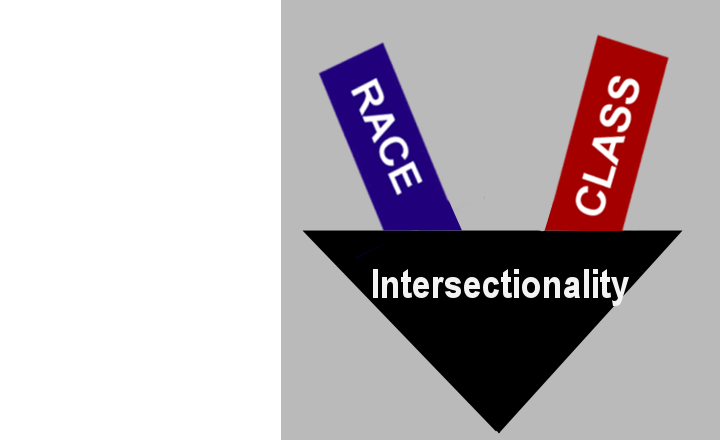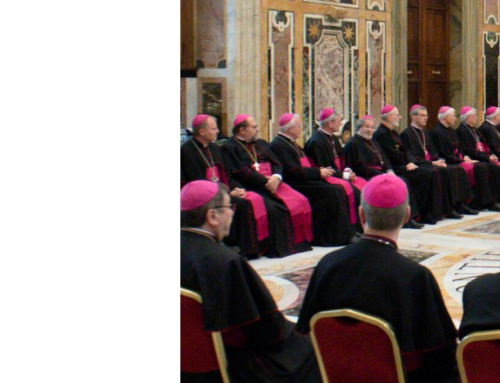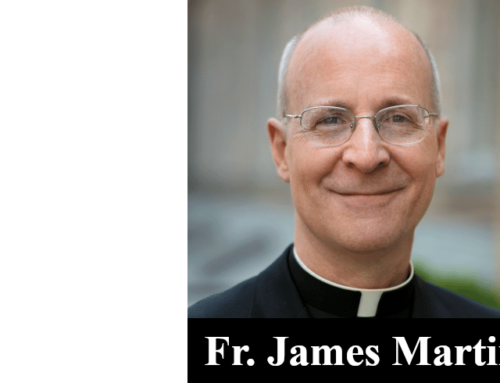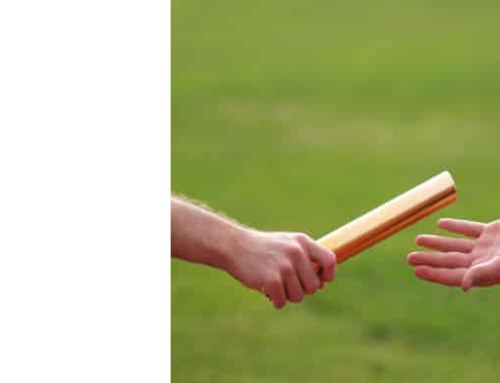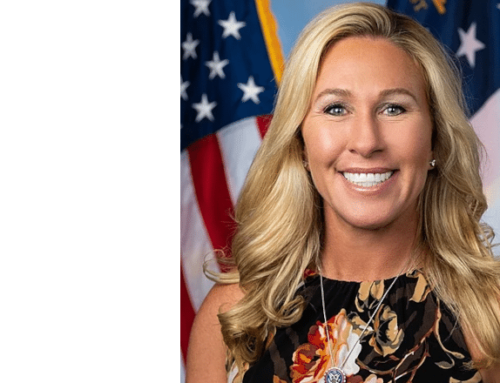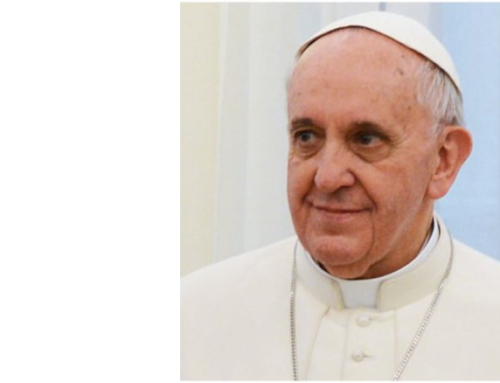Catholic League president Bill Donohue speaks to the issue of school choice:
As we begin the new school year, school choice has never been more important than it is now. Coming off a year where approximately 6 in 10 public school students worked from home and did not attend class—as many as 6 percent skipped school altogether—parents need to be given the choice of sending their children to a Catholic school or a Christian school. For starters, unlike their public school competitors, most of those schools stayed open.
Last year was a mixed year for Catholic schools. While enrollment was down, the demand for Catholic schools was evident in states where school choice programs were operative. There are many good reasons why parents elect to send their children to a Catholic school when allotted a voucher or other school choice initiative.
The Catholic school student-teacher ratio hovers around 13:1, considerably lower than in the public schools. Almost all, 99%, of Catholic school high school students graduate; of those, almost 90% go to college. Minority students benefit the most: they are more likely to graduate from high school and attend college than their peers who go to a public school. That’s because academic achievement is greater in Catholic schools. They are also much safer, with less student misbehavior.
A recent survey by the Herzog Foundation found that in the Protestant community, parents who sent their children to Christian schools last year were much more satisfied with the results than were parents who sent their children to a public school. Like the Catholic schools, Christian schools were much more likely to stay open during the pandemic, making it easier for parents to manage their child’s assignments; their children also exhibited good morale.
Other alternatives to traditional public school education are charter schools and homeschooling. Both witnessed a spike last year. Florida led the way, with more school-choice reforms than any other state.
School choice is making headway, though 19 states still have no such program, and many of those that do need to be expanded. Survey after survey shows that parents overwhelmingly want school choice, and this is especially true in minority communities. But resistance from teachers’ unions, and their Democratic allies in government (whom they lavishly grease), continue to stand in the way of progress.
Many of those who oppose school choice like to talk about “intersectionality,” a condition where demographic variables such as race and class intersect, often with horrific consequences for those at the bottom of the socio-economic scale.
These anti-choice activists are phonies—they should instead speak about their contributions to intersectionality.
To be exact, those who deny school choice are promoting a sick milieu where race and class merge. After all, it is black and brown people from low-income neighborhoods who are the most likely to be victimized when school choice does not exist. By consigning them to schools which white affluent parents would never choose for their own children, the proponents of intersectionality are maximizing the very phenomenon they purport to loathe.
School choice is the wave of the future. It is time to label its opponents as generators of race and class discrimination.


